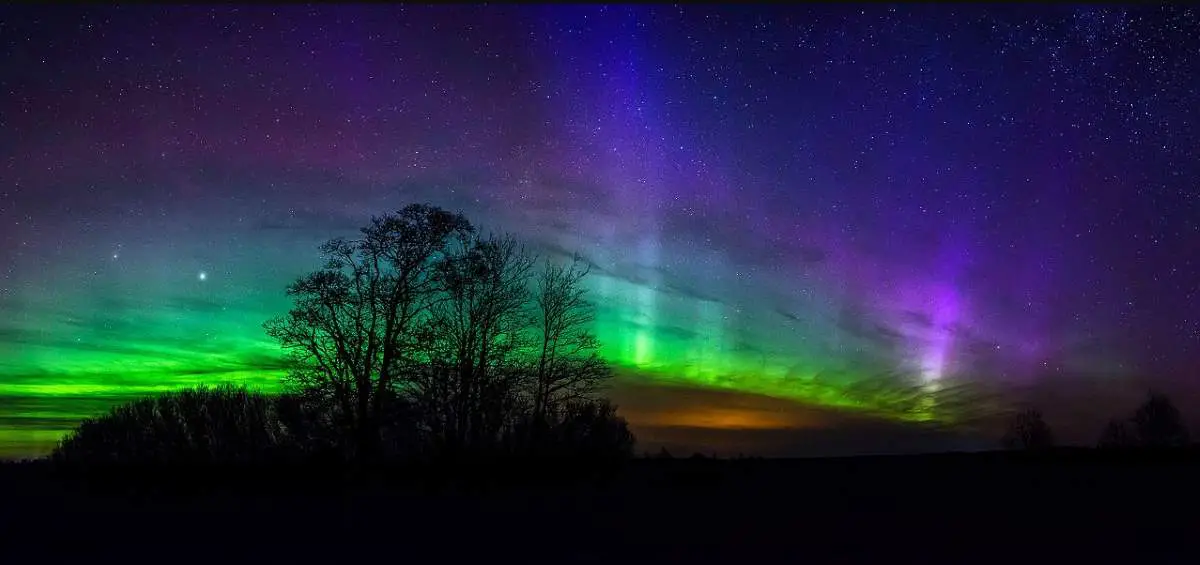An amazing Aurora video published by NASA, showing both Aurora Borealis (Northern Lights) and Aurora Australis (Southern lights). It is taken from the International Space Station (ISS) using the time-lapse shot. Enjoy one of the most beautiful natural phenomena in ultra-HD (4K).
Aurora (Polar Lights)

Polar Lights or Auroras are natural light displays predominantly seen in the high latitude (both Arctic and Antarctic) regions. If an aurora occurs in the Northern hemisphere, it is called “Aurora borealis” or “Northern lights”. If it is in the southern hemisphere, it is called “Aurora australis” or the “Southern lights”.
Both northern and southern lights are produced when the magnetosphere is sufficiently disturbed by the solar wind that the trajectories of charged particles (predominantly in the form of electrons and protons) in both solar wind and magnetospheric plasma, precipitate them into the upper atmosphere (thermosphere/exosphere) due to Earth’s magnetic field, where their energy is lost. The resulting ionization and excitation of atmospheric constituents emit light of varying color and complexity.
The phenomenon mostly occurs in a band known as the auroral zone, which is typically 3° to 6° wide in latitude and between 10° and 20° from the geomagnetic poles at all local times (or longitudes). They can be most clearly seen at night against a dark sky – or from space, as in the video above. In most instances, northern and southern auroras are mirror-like images that occur at the same time, with similar shapes and colors. They are occasionally seen in latitudes below the auroral zone.
Sources
- Aurora on Wikipedia
- How Many Elephants are Left in the World in 2025? - August 17, 2025
- Moon Landings: All-Time List [1966-2025] - February 2, 2025
- What Is Max-Q and Why Is It Important During Rocket Launches? - January 16, 2025

